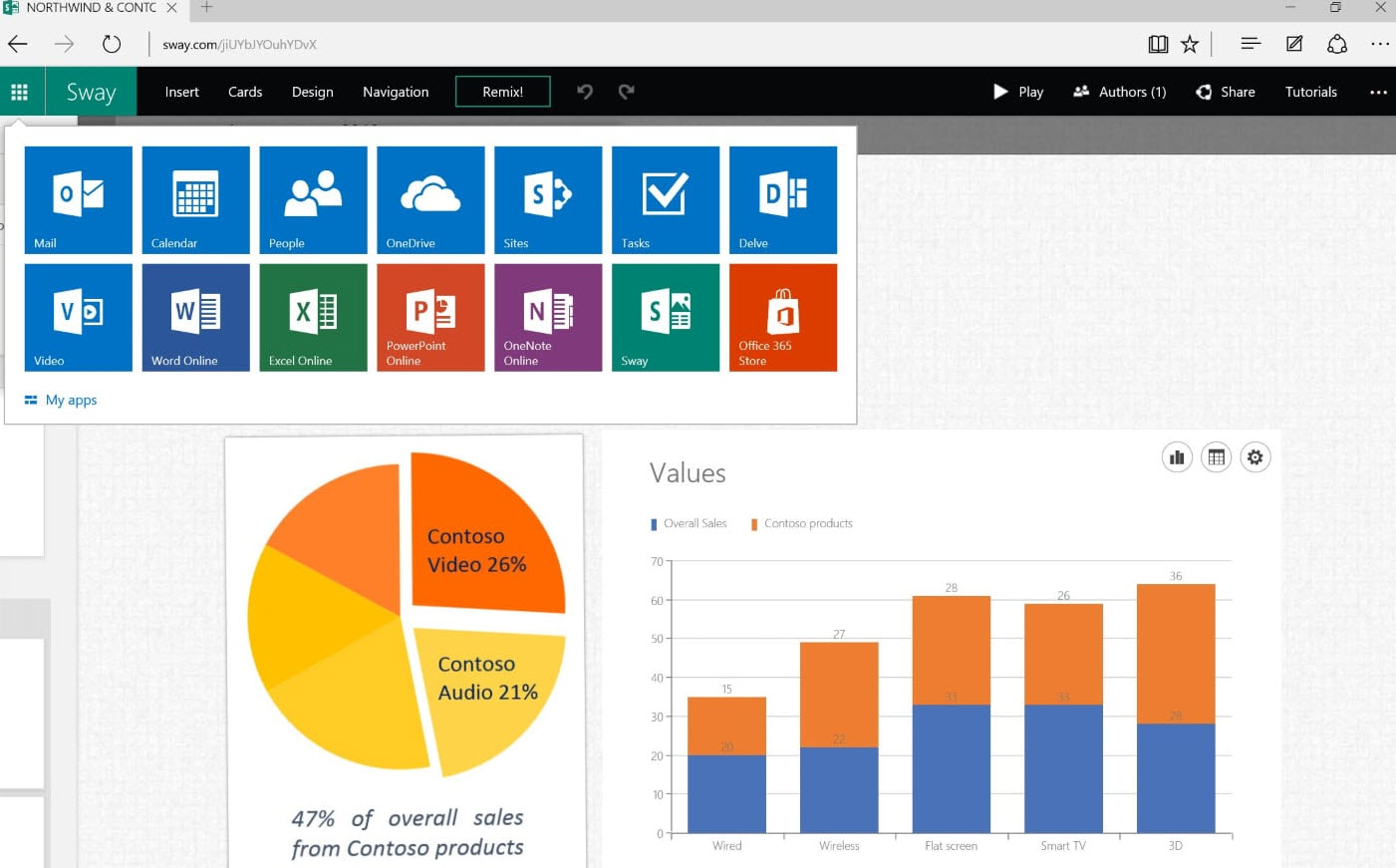Microsoft Office 2016: Lots of upgrade questions and some answers

Microsoft began rolling out Office 2016 for Windows on September 22. Since then, I've been getting a lot of questions around timing and installation techniques from those attempting to move to the latest version of Microsoft's Office suite.

While Microsoft officials did say a week ago that the company would be moving to a servicing/branch model with Office 2016 similar to the one the Windows 10 team is using, details on exactly how that would play out for Office users were scarce. But thanks to a find from the SuperSite for Windows folks -- plus a few other Microsoft pages and KB articles -- we now know more.
Just to add a little more complexity to this already complex set of rules, Microsoft is in the midst of replacing its Office 365 Small Business, Small Business Premium and Midsize Busines plans with three new ones. The three: Office 365 Business, Business Essentials and Business Premium. Microsoft has pushed the suggested migration date kick-off for these new plans back from October 1 to December 1, 2015, The reason for the date change: "The renewal experience will be best for users who have the latest version of Office," meaning Office 2016.
Those with Office 365 ProPlus SKUs -- meaning Office 365 Enterprise, Midsize and Education -- are on the Current Branch for Business. This means these users cannot upgrade to the new Office 2016 for Windows bits right now unless the administrators change the update branch to be used by some/all of their users to Current Branch.
"For Office 365 ProPlus subscribers, administrators can opt to upgrade by manually rolling out to their users with Office deployment tools available today, September 22. Automatic updates for Office 365 ProPlus customers will begin early next year," a Microsoft spokesperson confirmed when I asked.
Here are some more links that might help those interested in making the move to Office 2016:
- How to upgrade to Office 2016 if you have an Office 365 Home, Personal or University subscription.
- How to upgrade to Office 2016 if you are on an Office 365 for business plan.
- How to upgrade to Office 2016 if you already bought Office 2013 (or an earlier version of Office) as a one-time purchase: There is no upgrade option. You need to either subscribe to an Office 365 plan which includes the rights to the Office apps or buy a standalone copy of Office 2016. If you are considering moving to Windows 10, Microsoft is offering a 50 percent off deal on an Office 365 Personal subscription.
- What should you do if you see the "We need to remove some older apps" error when you are trying to upgrade to Office 2016: If you have Project, Visio, InfoPath, or SharePoint Designer, certain versions of these apps cannot coexist with the Office 2016 version of Office 365. Here's more specifically about InfoPath and the Office 365 ProPlus SKUs.
- If Skype for Business is removed from your PC when you move to Office 2016, here are workarounds for getting it back.
- OneDrive for Business syncing issues with Office 2016? Microsoft is in the midst of updating and integrating the OneDrive syncing engines, as we know. But in the interim, a Microsoft spokesperson said: "A very small number of Office 2016 customers are experiencing Sync delays with OneDrive for Business, which we're working to address. In these instances, OneDrive for Business is not being removed."
- There's an Office 2016 Deployment tool for customizing and managing Office 2016 click-to-run deployments
- Microsoft's "Office 2016 Problems and Solutions and Frequently Asked Questions" page.
Microsoft made the Office 2016 for Windows release available to MSDN subscribers on September 22. Volume licensees will have access to the new release via the Volume License Servicing Center (VLSC) as of October 1.
DreamSpark users got access to Office 2016 on September 22. Microsoft Action Pack and MPN subscribers will get access on October 1. And Home Use Rights for Office 2016 for Windows and Mac, both, will be available as of October 7, according to Microsoft.
Any other Office 2016 questions? Chime in below in the comments and I'll do my best to try to find more answers